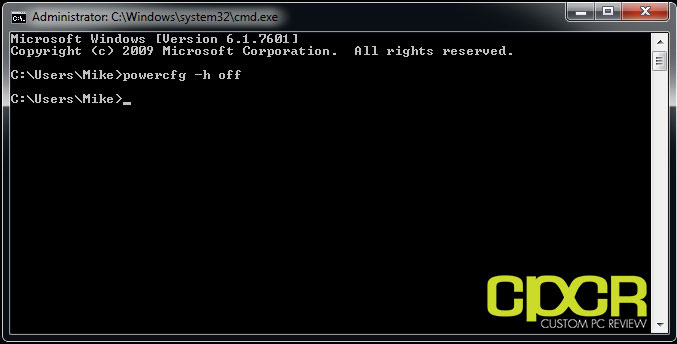

- WINDOWS 7 SLEEP VS HIBERNATE SSD HOW TO
- WINDOWS 7 SLEEP VS HIBERNATE SSD PC
- WINDOWS 7 SLEEP VS HIBERNATE SSD WINDOWS
That said, for shorter breaks, it is better to let PC sleep than hibernate. Then, expand Hibernate After and set a time for on Battery and Plugged-in options. In the pop-up window, expand the Sleep section.
WINDOWS 7 SLEEP VS HIBERNATE SSD WINDOWS
Windows 10/11 use a feature called Fast Startup, this makes it so when you hit Shutdown, instead of really shutting down it.
WINDOWS 7 SLEEP VS HIBERNATE SSD HOW TO
Related: How to Shut Down or Sleep Windows 10 With a Keyboard Shortcut With Windows 10 and 11, neither shut down or hibernate actually fully end your Windows session, you can confirm this by opening the Task Manger, then under Performance tab, pick CPU and it will show your system uptime. Next, click on Change advanced power settings. To do this, open Control Panel, and go to System and Security > Power Options in the left pane, click on Choose when the computer sleeps. SSD wears significantly more from writes than it does from reads.
Under the Shutdown settings section, select the Hibernate option to turn it on.Īdditionally, you can set your laptop to automatically hibernate after a set amount of time. at 19:28 6 slhck: Hibernate saves memory and thus writes a lot more to the disk than when you would shutdown and boot which are mostly reads. So our 18GB or so of RAM utilization gets mashed down to about 13.5GB before it's written to your disk. Click on Change settings that are currently unavailable. That's because since Windows 7, when Windows writes the hibernation data to disk, it applies a compression algorithm that reduces the file size. In the left pane, click on Choose what the power button does. In the Control Panel, go to System and Security. Type control and click OK to open the Control Panel. If not, here is how to enable Hibernate on your Windows computer. You don't need to sit through the boot process or manually launch your apps again. When you power on your PC again, it restores your last sessions from the Hiberfil.sys file. You can simply close the laptop lid with the apps still running, pack up your PC and go home. It is an extremely convenient feature for those who spend most of their time sitting in front of their computer. Hybrid Sleep The difference between Sleep, Hybrid Sleep & Hibernation in Windows 11/10 in short is: Sleep is a power-saving state that allows a computer to quickly resume. Hibernate, on the other hand, shuts down your PC and draws no more power. diskpart says that 'Crashdump disk no' which is peculiar. In sleep mode, the computer saves all the active sessions to RAM and goes into a power-saver mode, but it still needs to draw some power to keep the data on the RAM alive. volmgr throws an event 45 'The system could not sucessfully load the crash dump driver.' whenever you modify crashdump settings, or if a crashdump occurs. When you turn on the computer, it restores the data from the boot drive to the RAM again as if you never power off your PC. When hibernating, the PC saves all the active sessions from your RAM memory to the boot drive and shuts down the system. Related: A Guide to Windows 10's Power Options Users can configure the system to hibernate in an idle state to conserve power while significantly reducing the start-up time. Hibernate is a power management mode available in Windows computers.





 0 kommentar(er)
0 kommentar(er)
